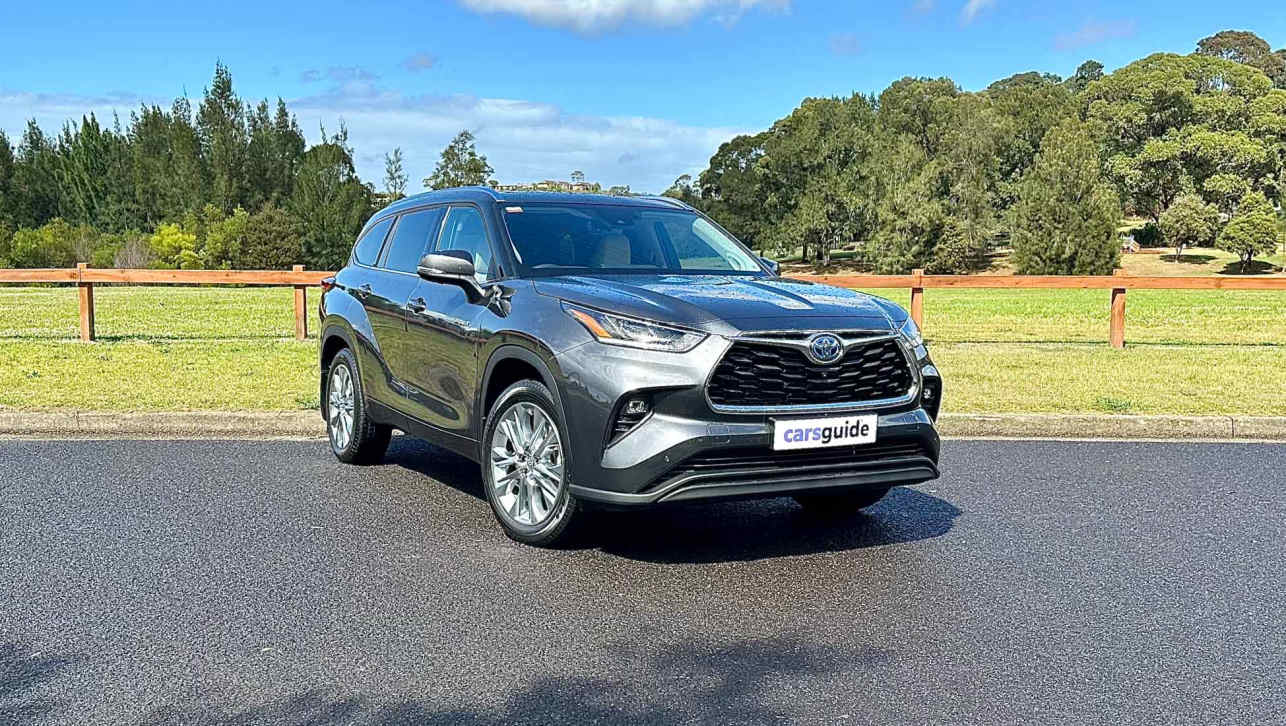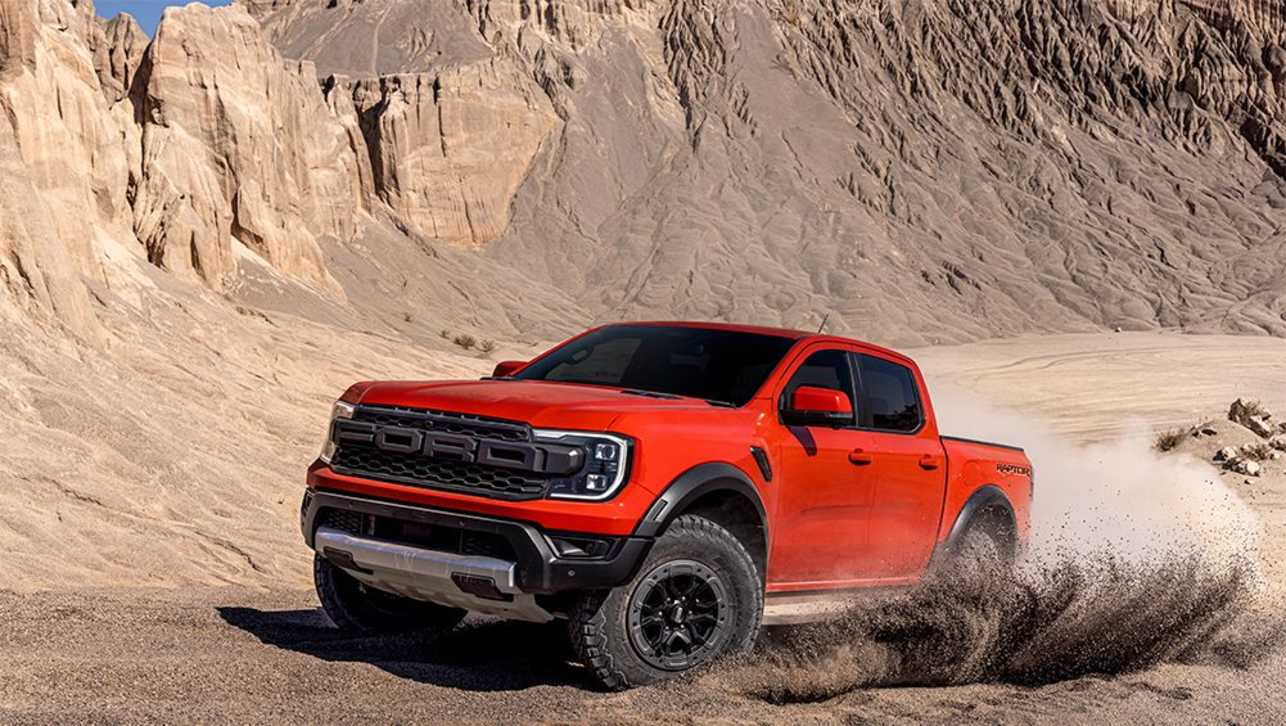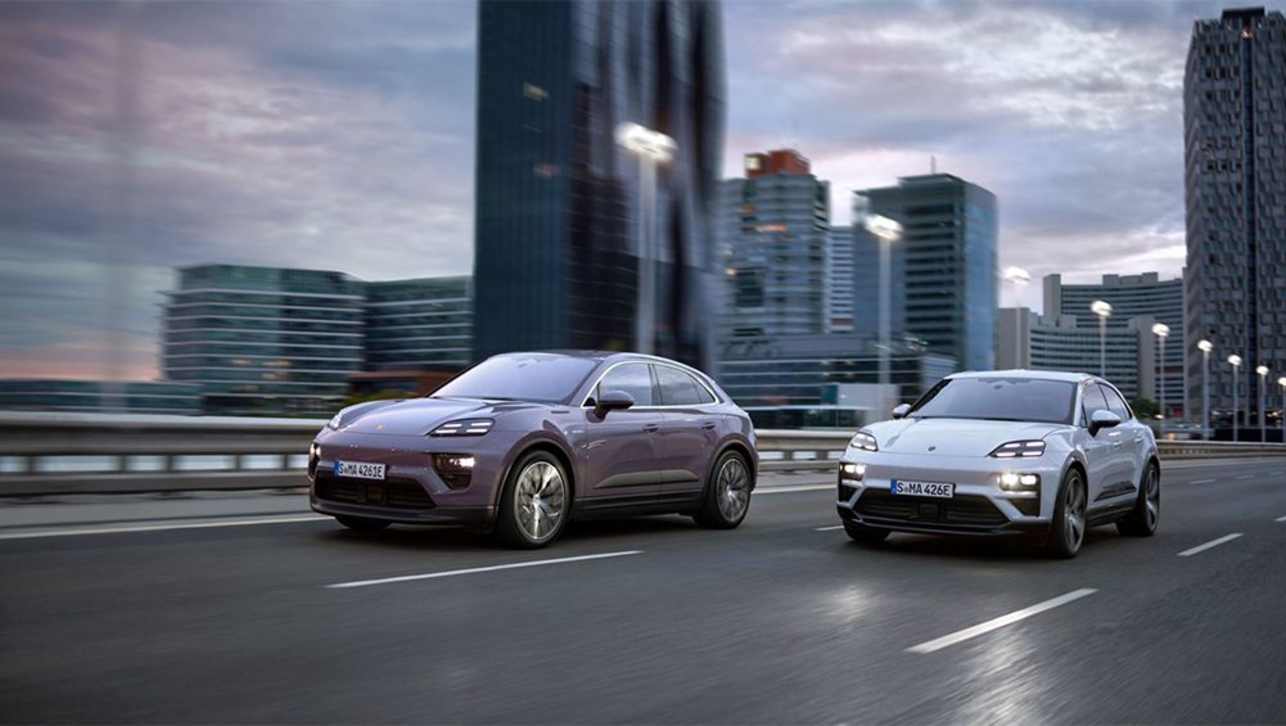"Racing improves the breed," is one of the oldest sayings in automotive engineering. As far back as the 1890s cars were being raced to show them off to the public, and to improve their design, speed and toughness.
Porsche has a long and glorious history in motorsport, particularly in long distance events like the Le Mans 24-Hour classic. Now the white-hot pace of technology that's essential in car racing has resulted in arguably the biggest surprise at the 2015 Frankfurt Motor Show - the unveiling of a Porsche pure-electric four-door sports machine.
The Porsche Mission E concept is not a hybrid, as are the Le Mans racers, instead it runs only on electricity. Electricity that produces some 600hp, 447kW. Acceleration from rest to 100km/h takes place in just 3.5 seconds.
Porsche is anticipating an impressive driving range in normal conditions of 500km. Amazingly, we are told the batteries can be charged to 80 per cent of their capacity in just 15 minutes.
That charging time is so far ahead of anything else on offer today that it indicates Porsche has made a breakthrough at Le Mans - presumably pumping loads of electricity into the racing machines even in the few minutes the car is stationary during pit stops.
Acceleration from rest to 100km/h takes place in just 3.5 seconds
The super-fast charge would typically let a road user driving a Porsche Mission E to stop for a coffee break, then get back to the car with around 400km of range before another stop is necessary.
The drive system of the Mission E uses two permanent magnet synchronous motors (PMSM) that accelerate the car and recover braking energy as it's slowed.
What Porsche calls a ‘need-based’ all-wheel drive system with Porsche Torque Vectoring automatically distributes torque to the individual wheels.
With all that technology in action it comes as no surprise that the engineers have also given it all-wheel steering for maximum cornering control. This Mission E has been run around the Nurburgring Nordschleife in under eight minutes.
Porsche Mission E introduces 800V technology, at least double the voltage of other electric vehicles in use today. Using 800V allows shorter charging times and lower weight. The latter is achieved because smaller gauge copper cables are sufficient for energy transport.
His Mission E has been run around the Nurburgring Nordschleife in under eight minutes
As an alternative, the Mission E can be charged by using a conventional 400V charging station. It can also be charged at home in the garage by inductive charging, by parking over a coil embedded in the floor of the garage. Energy is transferred without cables to a coil on the car's underbody.
Obviously charging times would be significantly longer when using these alternative methods.
The lithium-ion battery runs the whole length between the front and rear axles in the Mission E’s underbody. This distributes its weight evenly, as well as lowering the centre of gravity extremely.
Porsche Mission E shows many cues to the iconic 911 in its shape. However, it remains to be seen how Porsche purists take to the rectangular quad headlight units. Frankly, we wouldn't be surprised to see futuristic Mission E headlights being housed within typically 911 round lights.
To reduce weight the body is made from aluminium, steel and carbon-fibre reinforced polymer. Even the wheels are made of carbon to reduce unsprung mass.
Two counter-opening doors, without a B-pillar, give access to four individual semi-race seats. As there's no central transmission tunnel we are told the cabin will be light and airy and a pleasant place to travel.
Instead of external door mirrors the Mission E uses cameras mounted on the sides
The instrument cluster has five round instruments displayed virtually. Organic light-emitting diodes (OLED) let the display be changed depending on the driver's mood and the driving mode chosen. These include Connected Car, Performance, Drive, Energy and Sport Chrono.
Instead of external door mirrors the Mission E uses cameras mounted on the sides. These display an image on the inner lower corners of the windscreen. These not only make for safer driving, but also reducing aerodynamic drag.
Porsche appears to have made a huge leap into the future with the Mission E, particularly in the spectacular battery charging times.
When will we see a Porsche Mission E in Australia? Well … first of all Porsche is still calling it a concept and it may never be built.
Realistically, we feel sure the Mission E will be made, and not be altogether different from the car shown here (though note our comments on the shape of the headlights).
Even if the green light is given for production it's likely to take two to three years before it is launched. We can't wait.







.jpg)
.jpg)
.jpg)

.jpg)

.jpg)
.jpg)


.jpg)
.jpg)







.jpg)

.jpg)
.jpg)


.jpg)




Comments